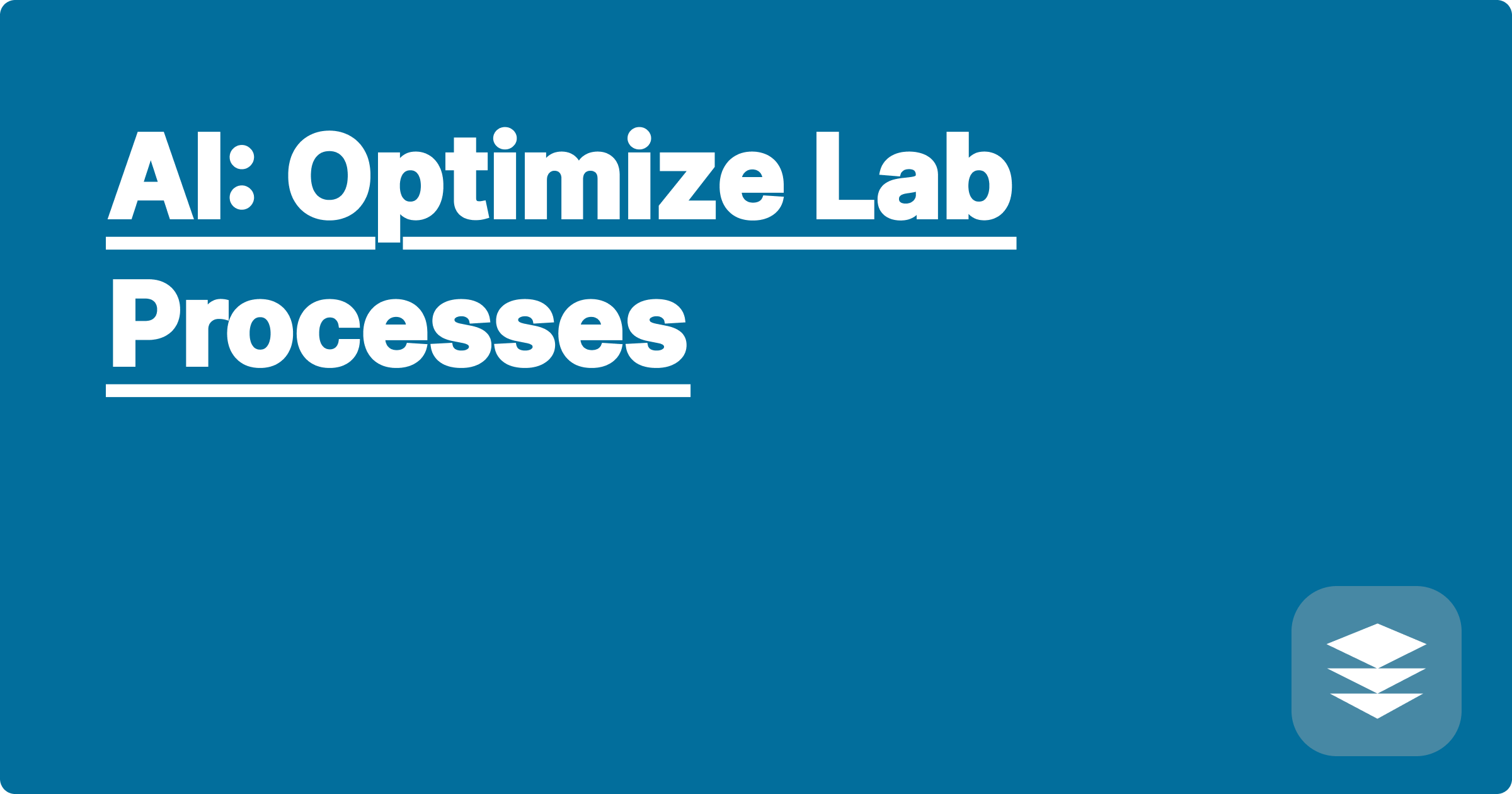
STEM fields are constantly pushing the boundaries of knowledge, yet the processes within our labs often lag behind. Researchers spend countless hours on repetitive tasks, data analysis, and experimental design, hindering the pace of discovery. Artificial intelligence offers a powerful suite of tools to revolutionize these processes, streamlining workflows, accelerating research, and ultimately unlocking new scientific breakthroughs. This transformation empowers researchers to focus on the core intellectual work, driving innovation and impacting society in meaningful ways.
This shift towards AI-driven lab optimization is not just a trend, but a fundamental change in how scientific research is conducted. For STEM students and researchers, embracing these tools is crucial for staying competitive, maximizing research output, and shaping the future of their respective fields. Learning to effectively integrate AI into daily lab practices will not only enhance individual productivity but also contribute to the broader scientific community by accelerating the pace of discovery and innovation.
Traditional lab work often involves a significant amount of manual effort and time spent on repetitive tasks. These tasks, such as data entry, literature review, material preparation, and basic analysis, can consume a substantial portion of a researcher's time, diverting attention from higher-level thinking and experimental design. Furthermore, human error can introduce inconsistencies and inaccuracies into experimental procedures and data analysis, impacting the reliability and reproducibility of results. The sheer volume of data generated in modern research can also be overwhelming, making it challenging to extract meaningful insights and identify patterns without sophisticated computational tools. Finally, the traditional trial-and-error approach to experimental design can be inefficient and resource-intensive, requiring numerous iterations to optimize experimental parameters.
AI tools offer a transformative approach to address these challenges. Language models like ChatGPT and Claude can automate literature reviews, summarize research papers, and even assist in drafting manuscripts, freeing up researchers to focus on data interpretation and experimental design. These tools can also be used to generate hypotheses, design experiments, and even predict experimental outcomes based on existing data. Wolfram Alpha, with its powerful computational engine, can perform complex calculations, analyze data sets, and provide insights that would be difficult to obtain manually. Furthermore, AI-powered image recognition software can automate image analysis tasks in microscopy and other imaging techniques, significantly reducing manual labor and improving accuracy.
Integrating AI into your lab workflow begins with identifying the most time-consuming and repetitive tasks. Consider which processes could benefit from automation, such as literature searches, data entry, or image analysis. Next, explore the available AI tools and choose the ones that best suit your specific needs. For instance, if you need to automate literature reviews, ChatGPT or Claude can be invaluable. If you require complex calculations or data analysis, Wolfram Alpha might be a better choice. Once you have selected the appropriate tool, familiarize yourself with its functionalities and learn how to use it effectively. Start with simple tasks and gradually incorporate more complex applications as your proficiency grows. It is important to remember that AI tools are meant to augment, not replace, human expertise. Always critically evaluate the output of these tools and use your own judgment to interpret the results.
Imagine a researcher studying the effects of a new drug on cell growth. Traditionally, this would involve manually counting cells under a microscope, a time-consuming and potentially error-prone process. By using AI-powered image recognition software, the researcher can automate this task, obtaining accurate cell counts in a fraction of the time. Another example involves optimizing the reaction conditions for a chemical synthesis. Instead of relying on trial and error, the researcher can use Wolfram Alpha to model the reaction and predict the optimal temperature, pressure, and reactant concentrations. Furthermore, AI can be used to analyze large datasets from genomics or proteomics experiments, identifying patterns and correlations that might be missed by manual analysis. For instance, using a Python script incorporating machine learning libraries, one could analyze gene expression data to identify biomarkers associated with a particular disease. The script might involve using libraries like scikit-learn to train a classification model on the data and then using the model to predict the disease status of new samples.
Integrating AI into your academic workflow requires a strategic approach. Start by developing a strong understanding of the fundamental principles of AI and machine learning. This will enable you to choose the right tools for specific tasks and interpret the results effectively. Practice using different AI tools and explore their various functionalities. Don't be afraid to experiment and find creative ways to apply these tools to your research. Collaborate with other researchers and share your experiences with using AI in the lab. This will help to build a community of practice and accelerate the adoption of AI in STEM fields. Critically evaluate the output of AI tools and always remember that they are meant to assist, not replace, human judgment. Finally, stay up-to-date with the latest advancements in AI and machine learning to ensure that you are using the most effective tools available.
In conclusion, AI offers a powerful suite of tools to optimize lab processes, accelerate research, and enhance scientific discovery. By embracing these tools and integrating them into their workflows, STEM students and researchers can significantly improve their productivity, unlock new insights, and contribute to the advancement of their fields. The next step is to identify specific areas in your own research where AI can be applied, explore the available tools, and begin experimenting with their implementation. The future of STEM research is intertwined with the intelligent application of AI, and embracing this transformation will be crucial for success in the years to come.